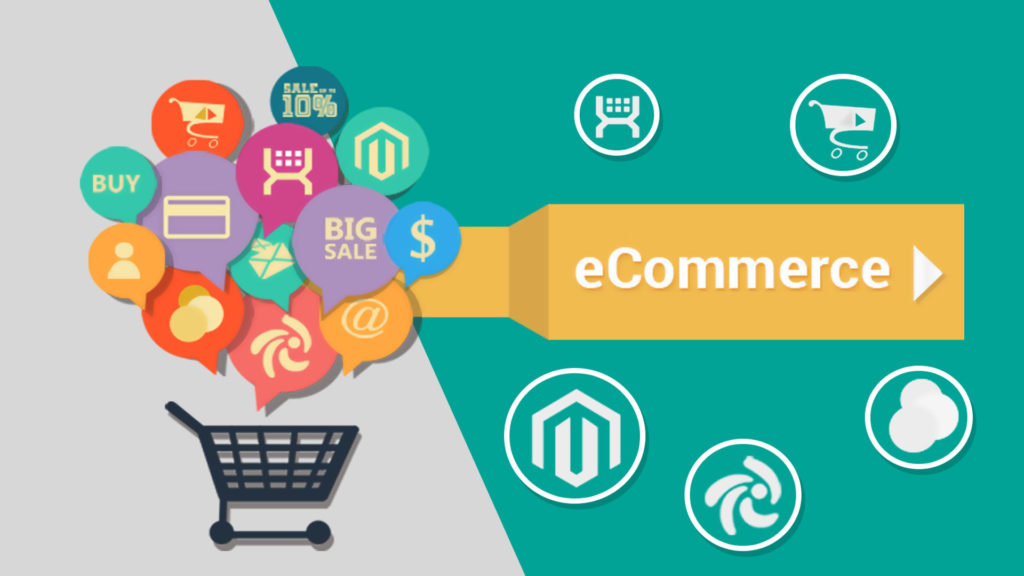Ecommerce web development is the process of creating a website that allows you to sell products or services online.
It involves some key aspects that differentiate it from other types of websites, such as product catalog, shopping cart, payment gateway, order management, and security.
But how do you go from an idea to a fully functional ecommerce website? What are the steps involved in e-commerce web development?
And what are the best practices and tools to use? Lets find out.
Stage 1: Planning
You need to decide on your budget, timeline, and scope of work. Some of the questions you need to answer at this stage are:
- What are you selling and why?
- Who are your ideal customers and what are their needs, preferences, and pain points?
- How will you differentiate yourself from your competitors and what is your unique selling proposition (USP)?
- How much are you willing to invest in your ecommerce website and how long will it take to launch it?
- What features and functionalities do you need for your ecommerce website and what are the priorities?
To help you with the planning stage, you can use tools like:
- SWOT analysis: A framework to identify your strengths, weaknesses, opportunities, and threats in relation to your market and competitors.
- Buyer persona: A semi-fictional representation of your ideal customer based on market research and data.
- Value proposition canvas: A tool to map out how your products or services create value for your customers and how they solve their problems or satisfy their needs.
- Project management software: A tool to organize your tasks, deadlines, resources, and communication for your ecommerce web development project.
Stage 2: Design
The design stage involves two main steps: wireframing and prototyping.
Wireframing is the process of creating a low-fidelity sketch or blueprint of your ecommerce website.
It shows the basic structure, elements, and navigation of each page.
Wireframing helps you to plan the user interface (UI) and user experience (UX) of your ecommerce website without focusing on the details or aesthetics.
Prototyping is the process of creating a high-fidelity mockup or simulation of your ecommerce website.
It shows the colors, fonts, images, icons, animations, and interactions of each page.
Prototyping helps you to test the look and feel of your ecommerce website and get feedback from stakeholders or users.
Some of the tools you can use for the design stage are:
- Wireframing tools: Tools that allow you to create simple sketches or diagrams of your ecommerce website pages. Examples include Balsamiq, Sketch, Figma, or Adobe XD.
- Prototyping tools: Tools that allow you to create realistic mockups or simulations of your ecommerce website pages. Examples include InVision, Marvel, Framer, or Webflow.
- UI/UX design principles: Guidelines and best practices for creating an intuitive, attractive, and engaging ecommerce website. Examples include consistency, clarity, simplicity, responsiveness, accessibility, etc.
 best ecommerce web development
best ecommerce web development
Stage 3: Development
The development stage involves two main steps: coding and testing.
Coding is the process of writing the source code that defines the logic, functionality, and behavior of your ecommerce website.
It involves using programming languages such as HTML, CSS, JavaScript, PHP, Ruby, Python, etc.
Coding also involves using frameworks or libraries that provide pre-written code for common tasks or features.
Testing is the process of checking the quality, performance, and functionality of your ecommerce website.
It involves using tools or methods such as debugging, unit testing, integration testing, usability testing, security testing, etc.
Testing also involves fixing any errors or bugs that may occur during the coding process.
Some of the tools you can use for the development stage are:
- Code editors: Tools that allow you to write and edit source code for your ecommerce website. Examples include Visual Studio Code, Sublime Text, Atom, or Notepad++.
- Ecommerce platforms: Tools that provide ready-made solutions for creating an ecommerce website without coding. Examples include Shopify, Wix, BigCommerce, or Magento.
- Testing tools: Tools that allow you to check and improve the quality, performance, and functionality of your ecommerce website. Examples include Chrome DevTools, Selenium, Postman, or JMeter.
Stage 4: Launch
The fourth and final stage of ecommerce web development is launch. This is where you make your ecommerce website live and accessible to the public.
The launch stage involves two main steps: deployment and marketing.
Deployment is the process of transferring your ecommerce website from your local or testing environment to your live or production environment.
It involves using tools or services such as web hosting, domain name, SSL certificate, CDN, etc.
Deployment also involves configuring your ecommerce website settings such as payment methods, shipping options, taxes, etc.
Marketing is the process of promoting your ecommerce website and attracting customers to it.
It involves using strategies or channels such as SEO, social media, email marketing, content marketing, PPC advertising, etc.
Marketing also involves measuring and analyzing your ecommerce website performance and customer behavior using tools such as
- Google Analytics,
- Google Search Console,
- Hotjar, etc.
Some of the tools you can use for the launch stage are:
- Web hosting: A service that provides space and resources on a server to store and run your ecommerce website. Examples include Bluehost, HostGator, SiteGround, or DreamHost.
- Domain name: A unique name that identifies your ecommerce website on the internet. Examples include GoDaddy, Namecheap, Domain.com, or Google Domains.
- SSL certificate: A digital certificate that encrypts the data exchanged between your ecommerce website and your customers. Examples include Let’s Encrypt, Comodo, DigiCert, or GeoTrust.
- CDN: A network of servers that delivers your ecommerce website content faster and more efficiently to your customers based on their location. Examples include Cloudflare, Amazon CloudFront, Akamai, or Fastly.
- SEO: A strategy that optimizes your ecommerce website for search engines and improves its ranking and visibility. Examples include keyword research, on-page optimization, off-page optimization, technical SEO, etc.


